By TCN News,
Ajmer: The Dargah (shrine) of 12th century Sufi saint Khwaja Moinuddin Chishti attract devotees in thousands every day.
The puritan form of Islam – the Salafis, as well as the Deobandis of South Asia – deride the Sufi cult following, and consider it as biddat (addition to religion), while for the followers Sufism, the ‘holy’ soul of the enlightened and beloved saints figuratively becomes a ladder to reach out to the Almighty.
Dargahs became the symbol on syncretic culture, as people of all faith throng the shrine and pray for salvations as well as to fulfil their wishes. TCN recently visited the Dargah of Khwaja Gharib Nawaz.
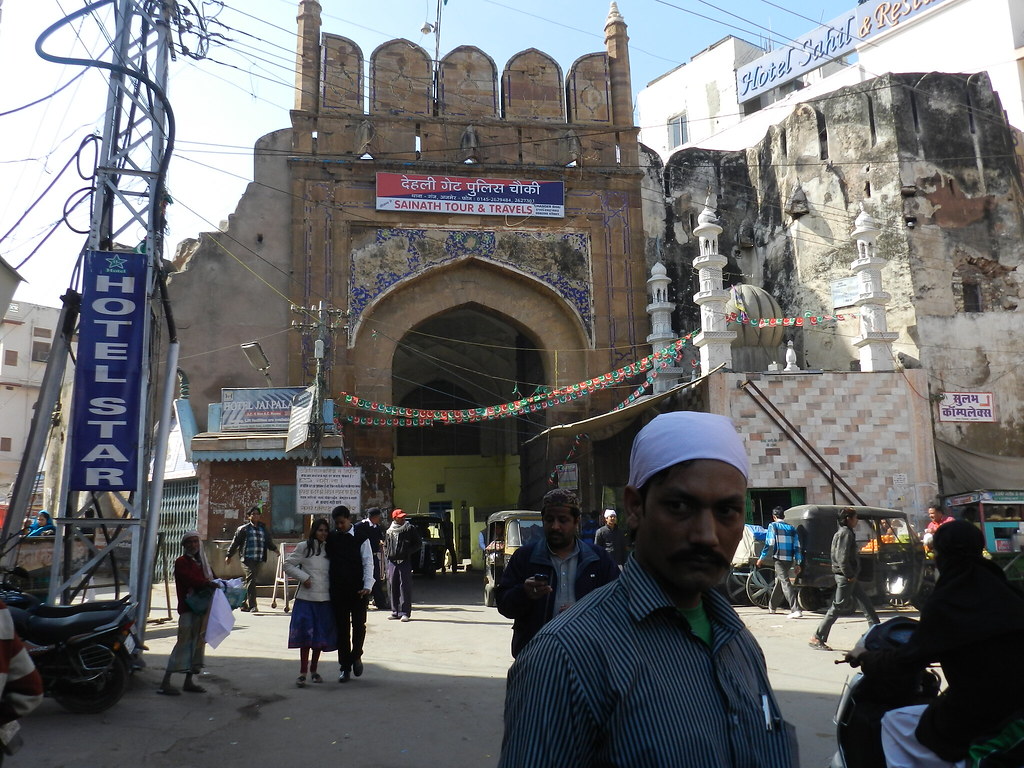
Delhi Gate.

Beggars on street leading to the Dargah.
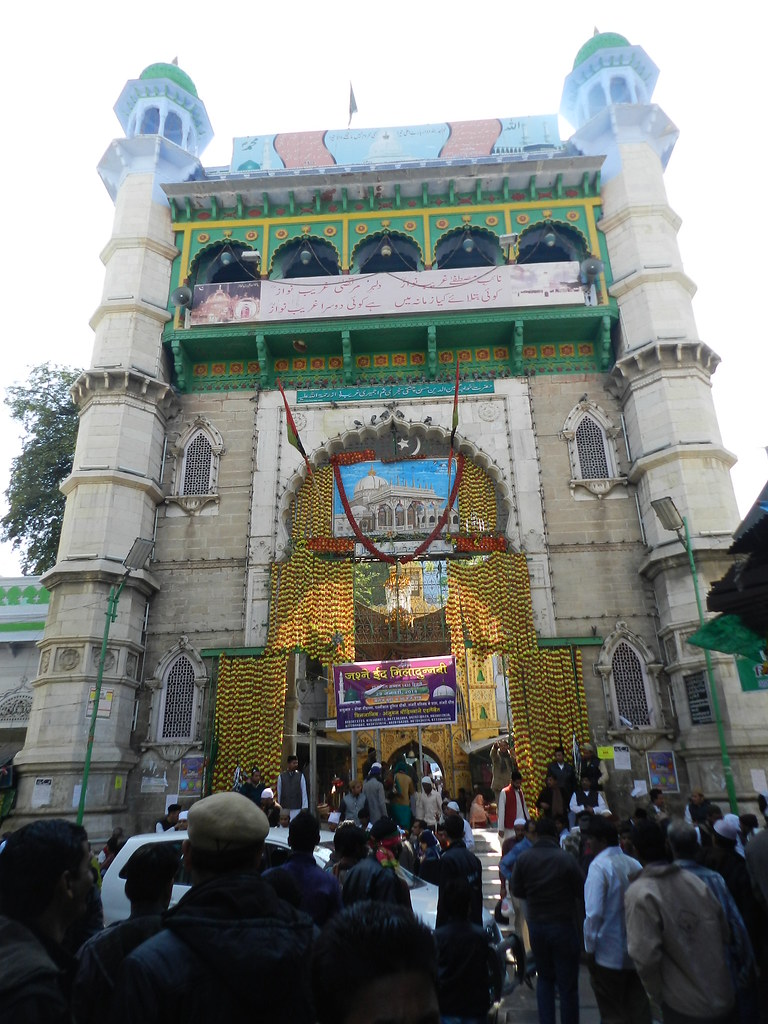
The main entrance of the Shrine of Gharib Nawaz.

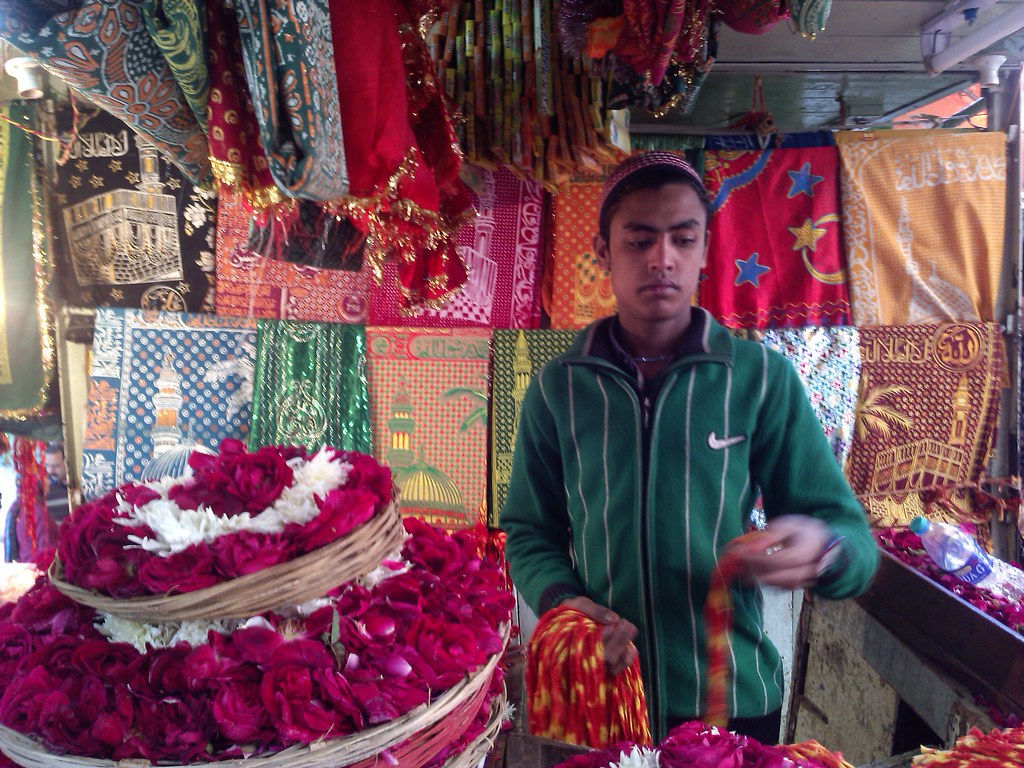
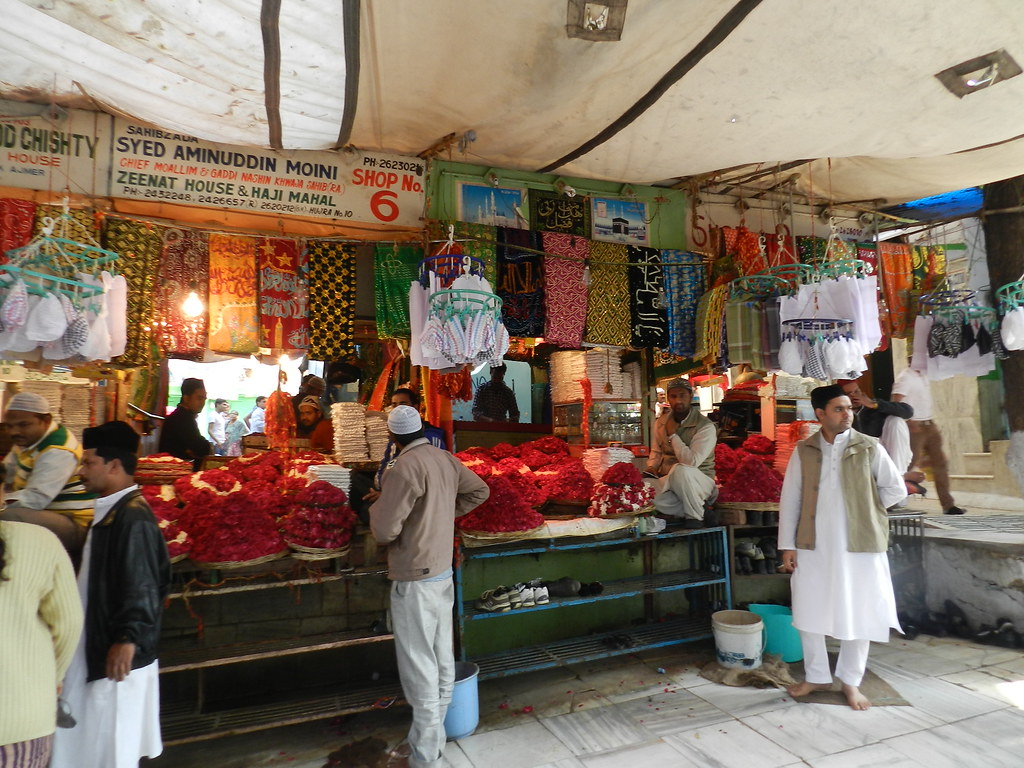
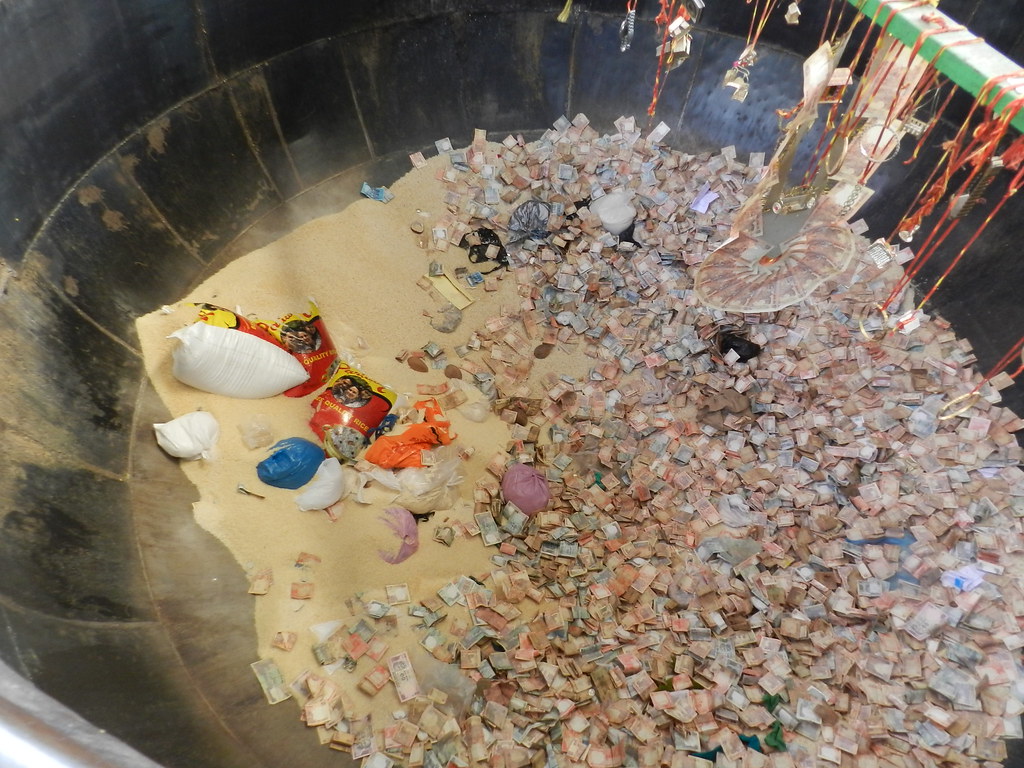
Langars (community feat) is prepared in large degs (cauldron) for the visiting devotees.

Darul Uloom Moinia Islamia.

Devotees doing ablutions before the prayer.

The main Dome housing the shrine of Gharib Nawaz.

The entrance through which Khwaja Gharib Nawaz used to enter, now symbolically considered as gateway to Paradise.
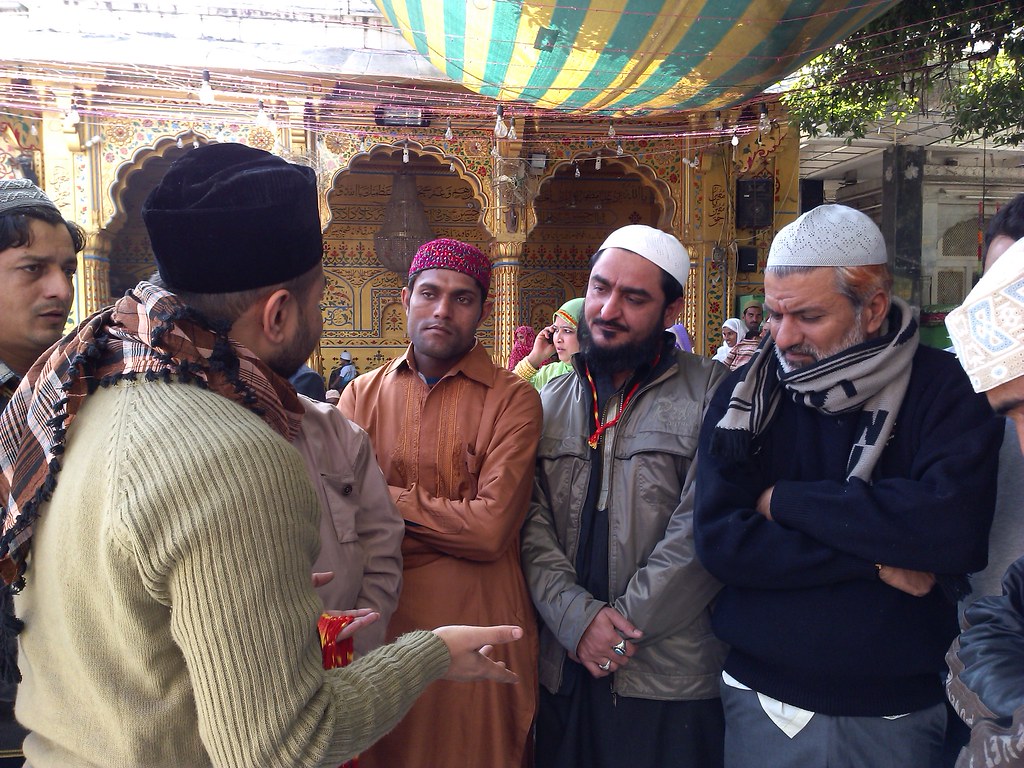
A Khadim explaining the significance of Dargah to visiting devotees.
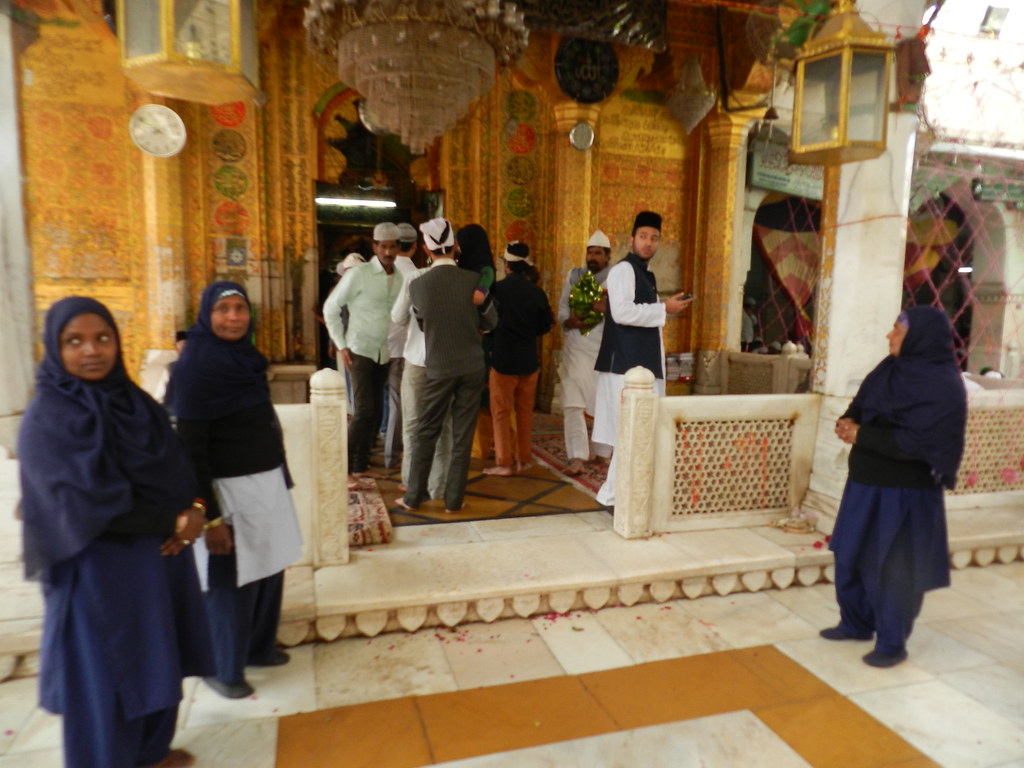
Beghami Dalan (Queen’s courtyard named so as it was commissioned by Mughal Queen Noor Jahan)

Mazar of Bibi Sahiban (Wives of Hazrat Khwaja Moinuddin Chishti)

Dargah is one place where people of all faiths, old and young, men and women all visit together.
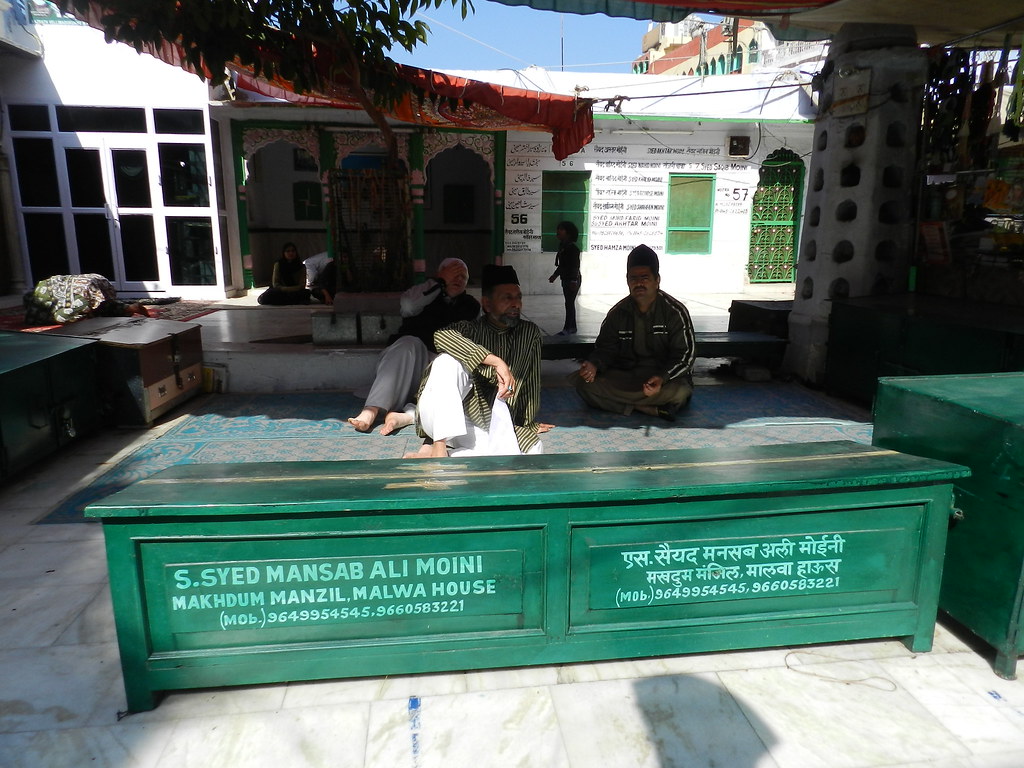
Khadims taking a break.
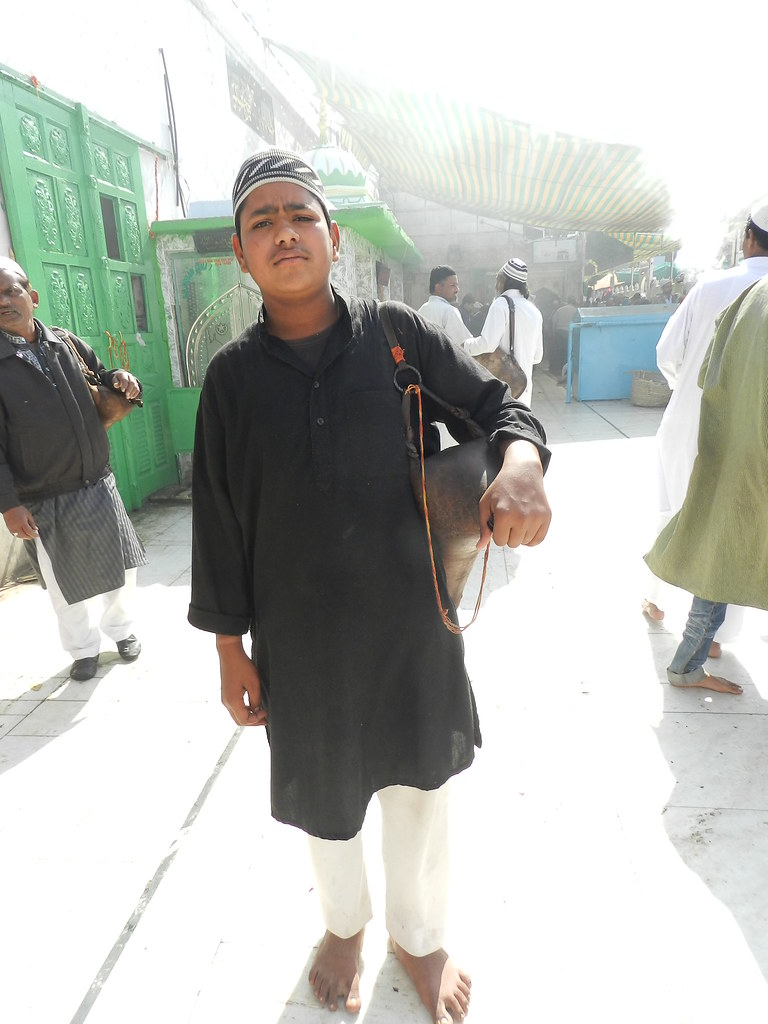
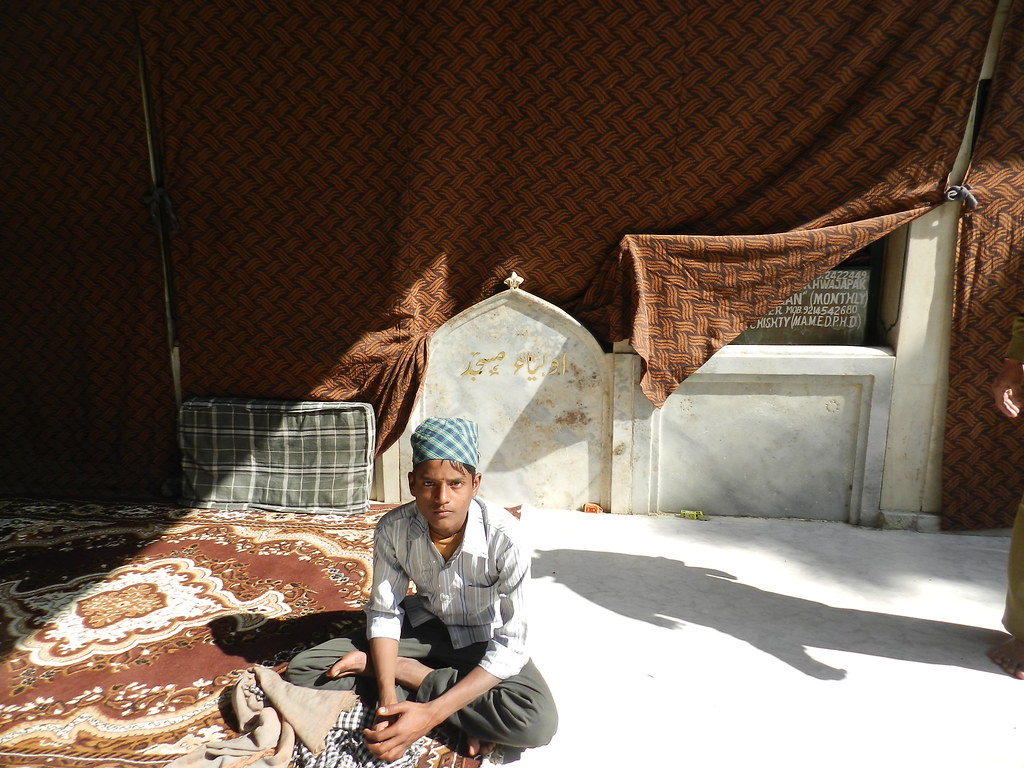
Masjid Auliya built by Mughal Emperor Aurangzeb.
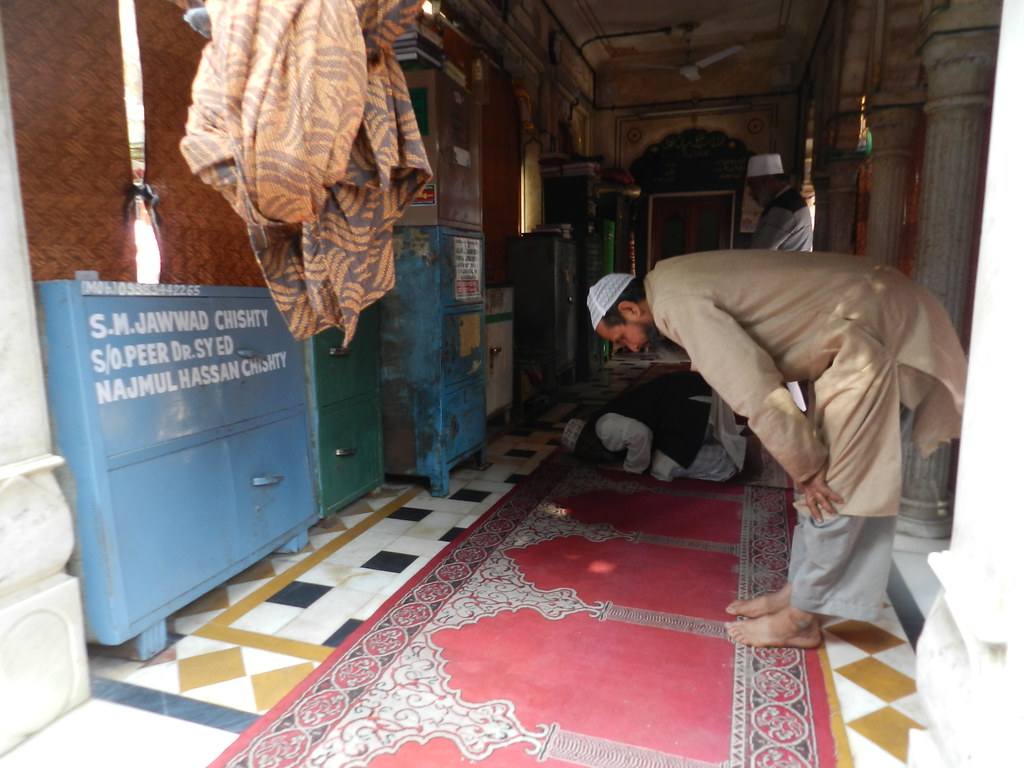



[Photos: Mudassir Rizwan, Text: M Reyaz]
Related:
“Aate jaao, maangte jaao, dete jaao”: Business of spiritualism at Ajmer Dargah

